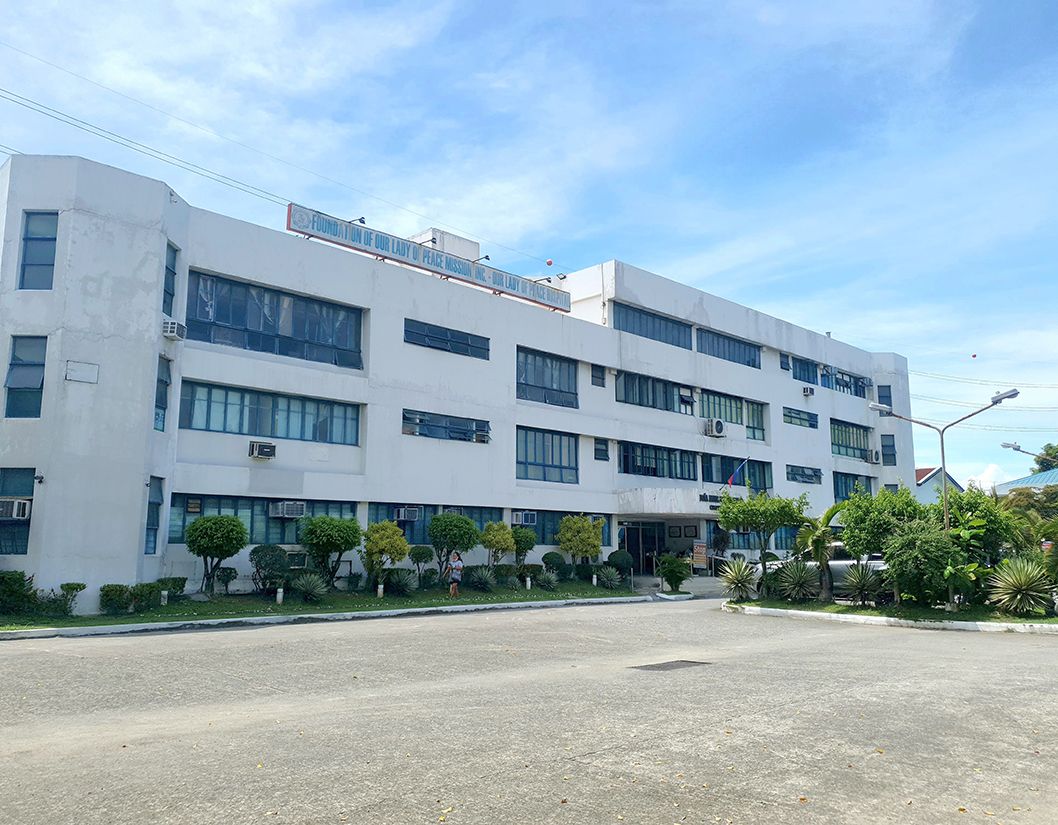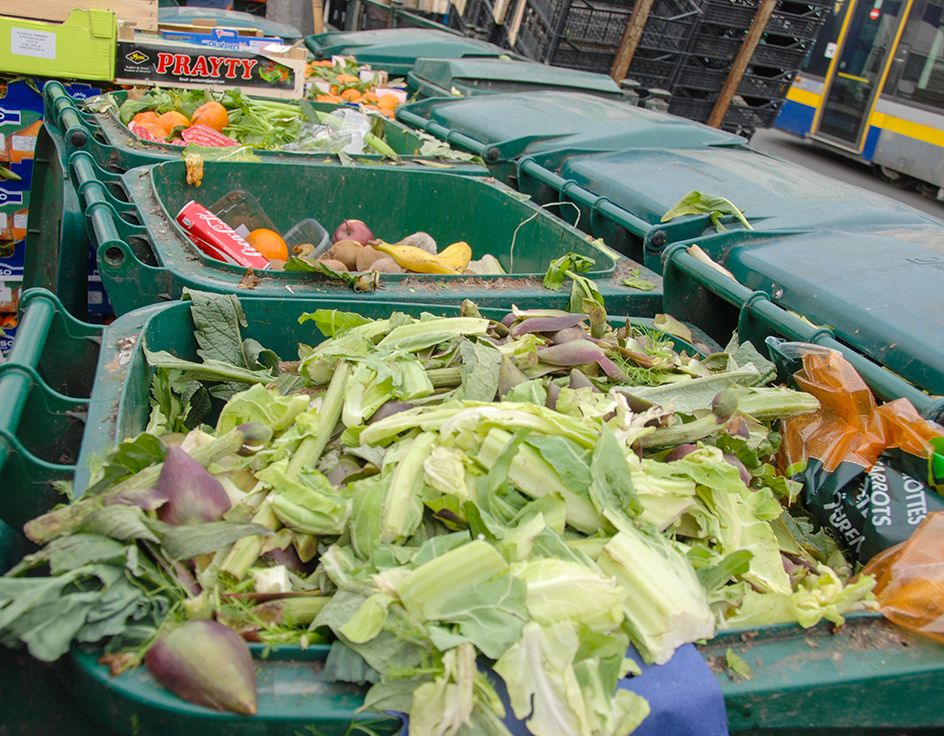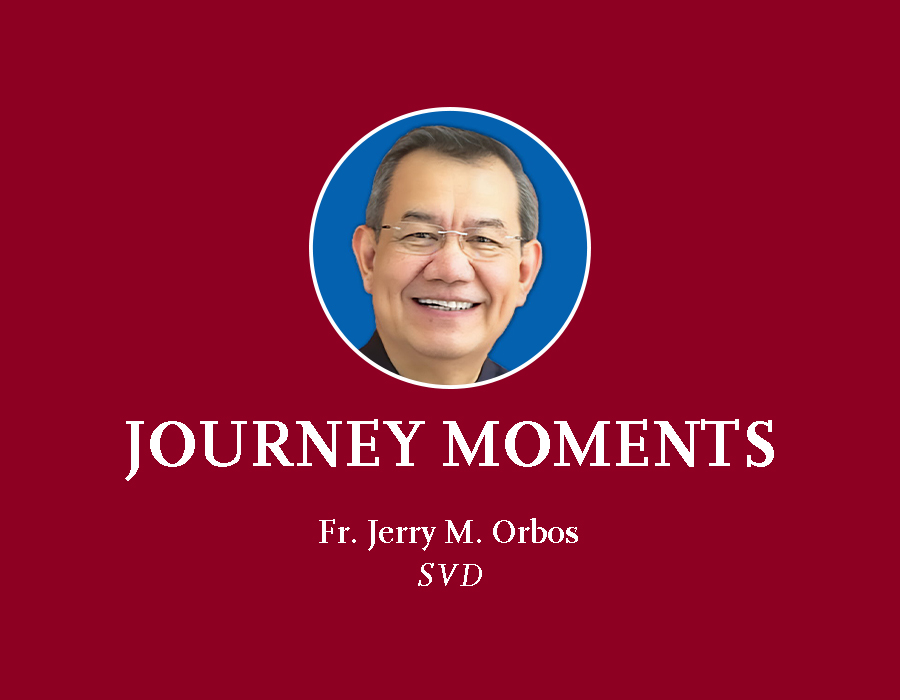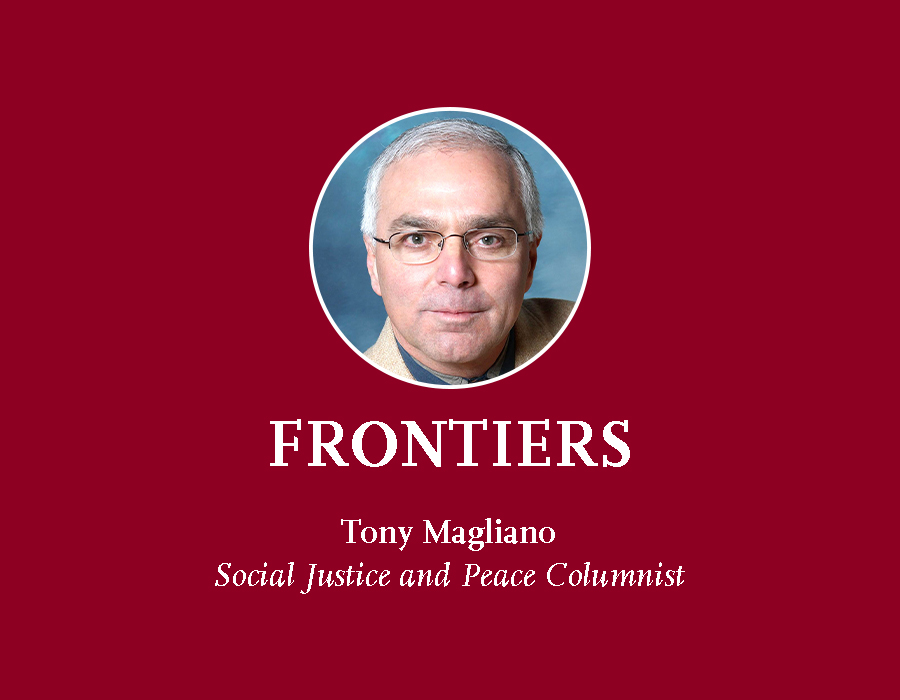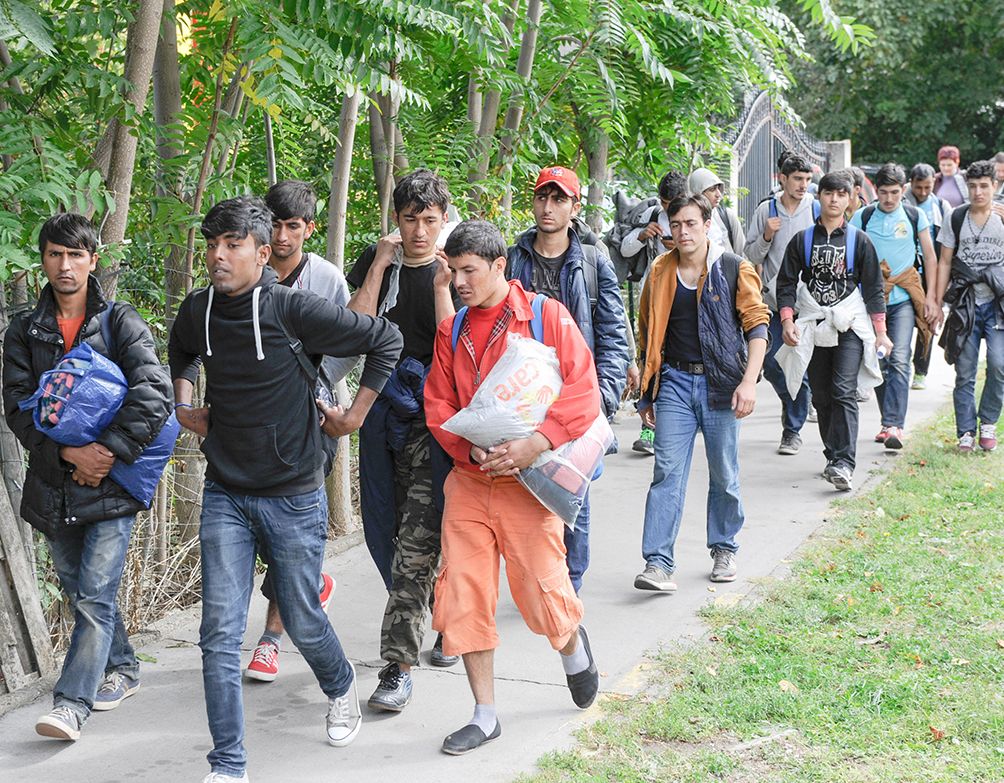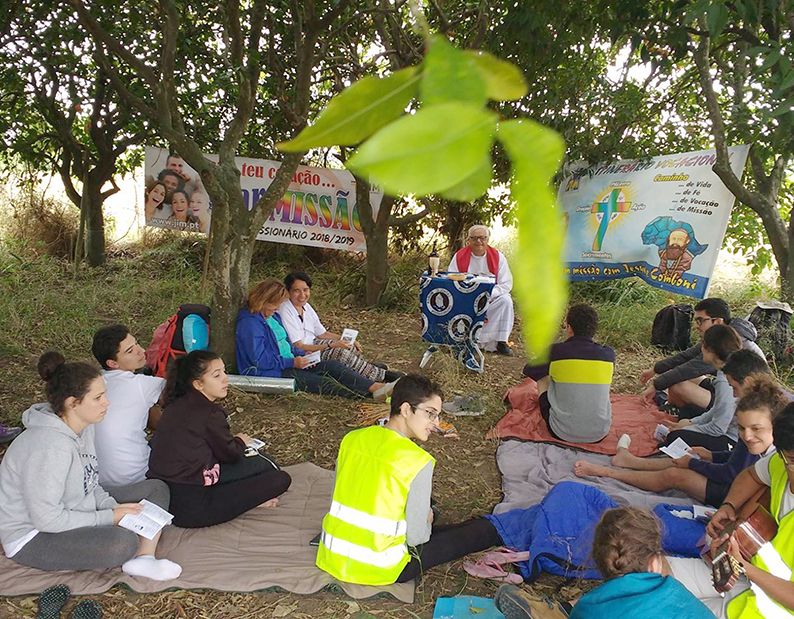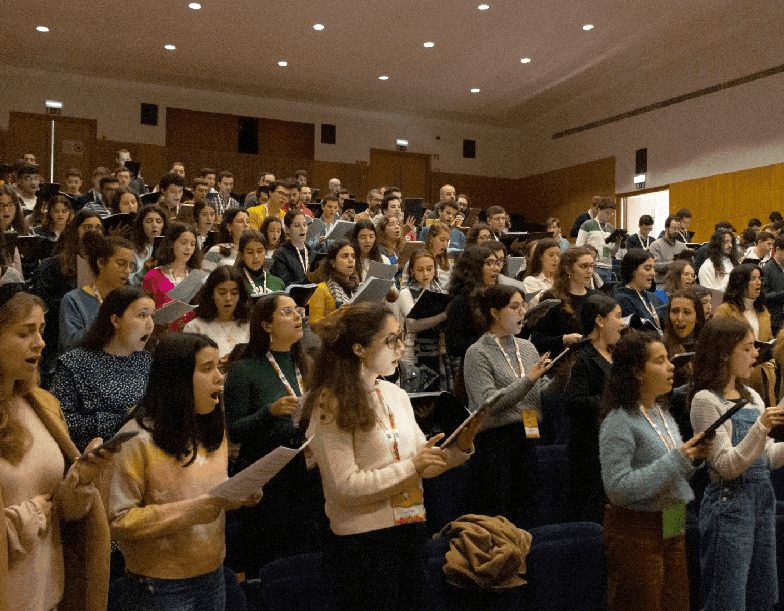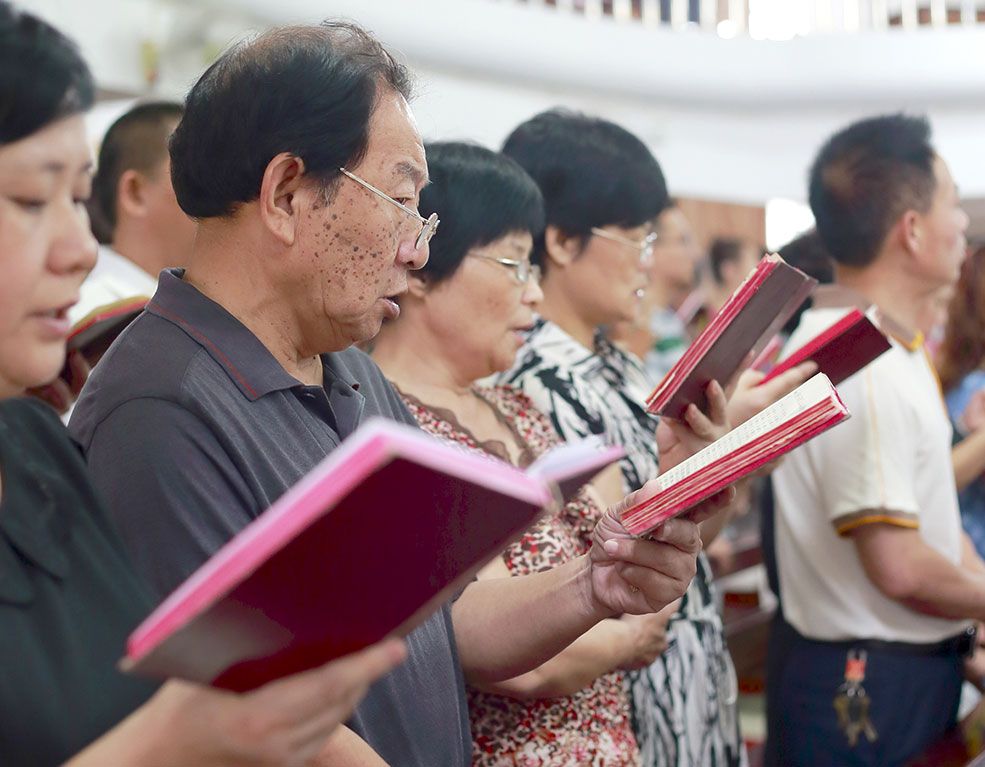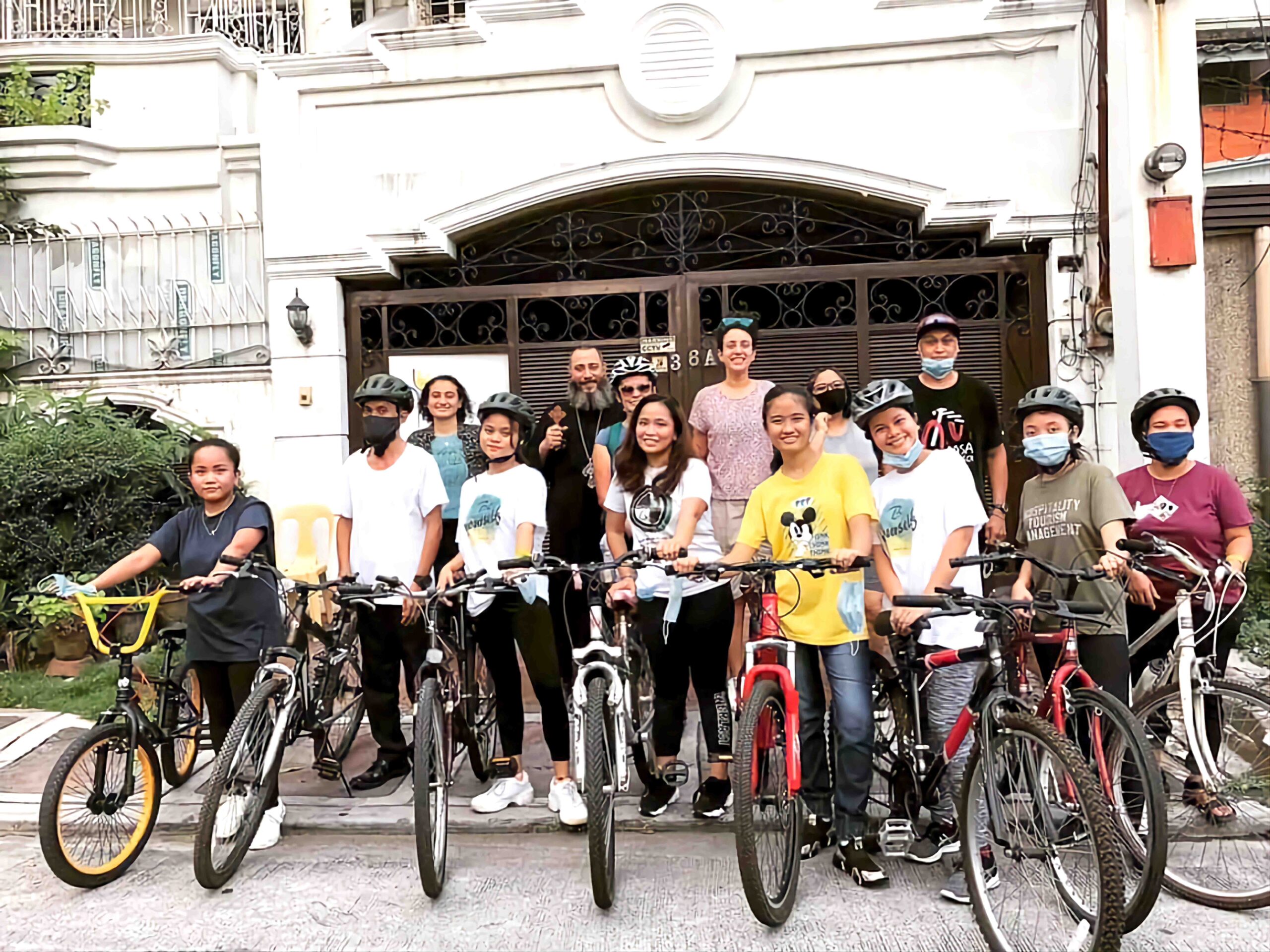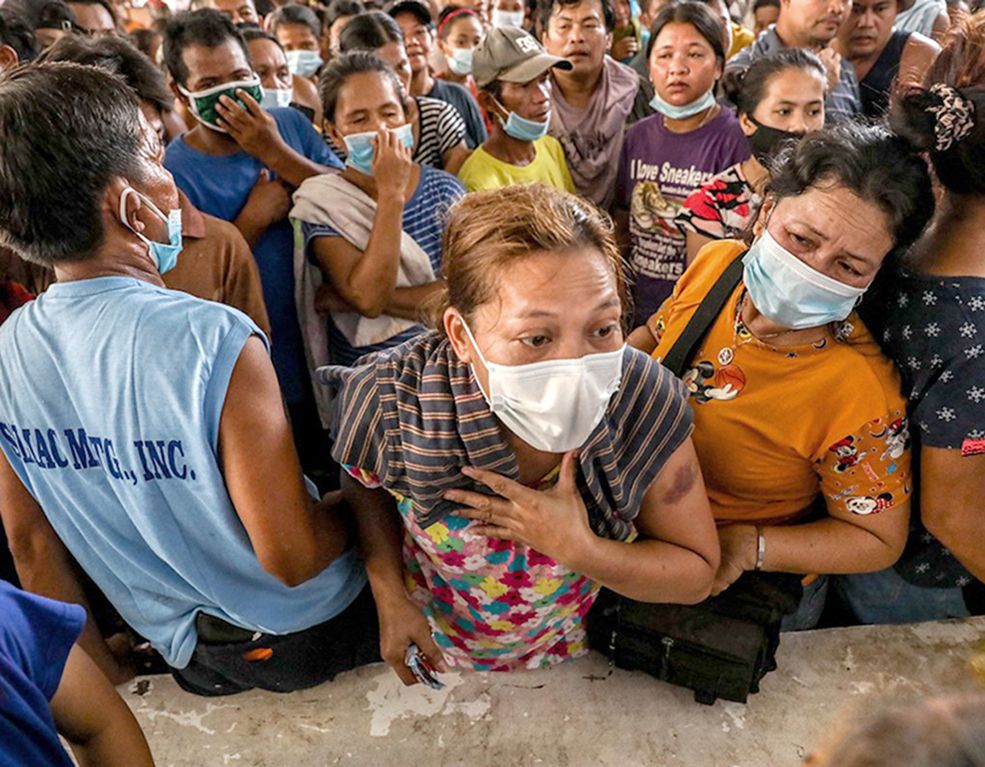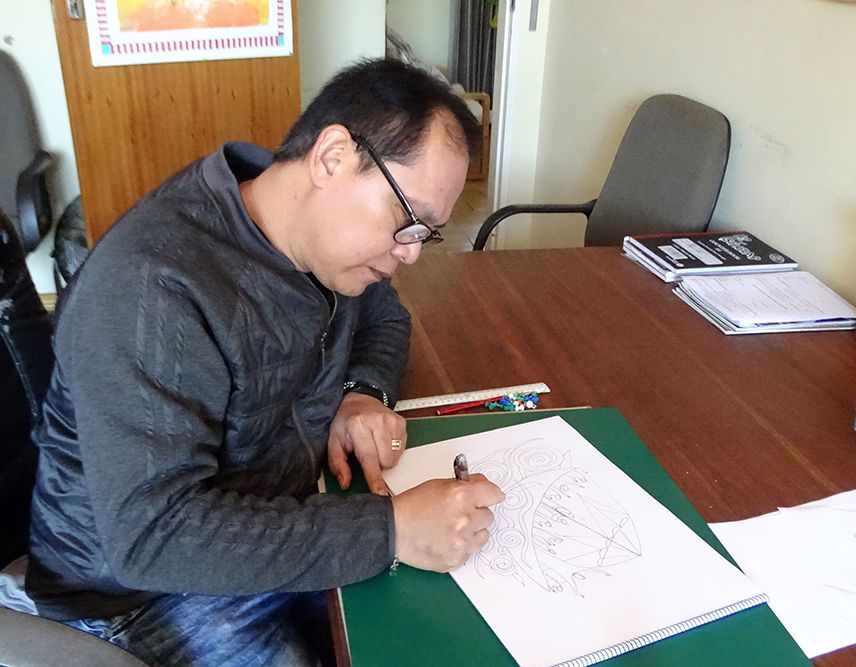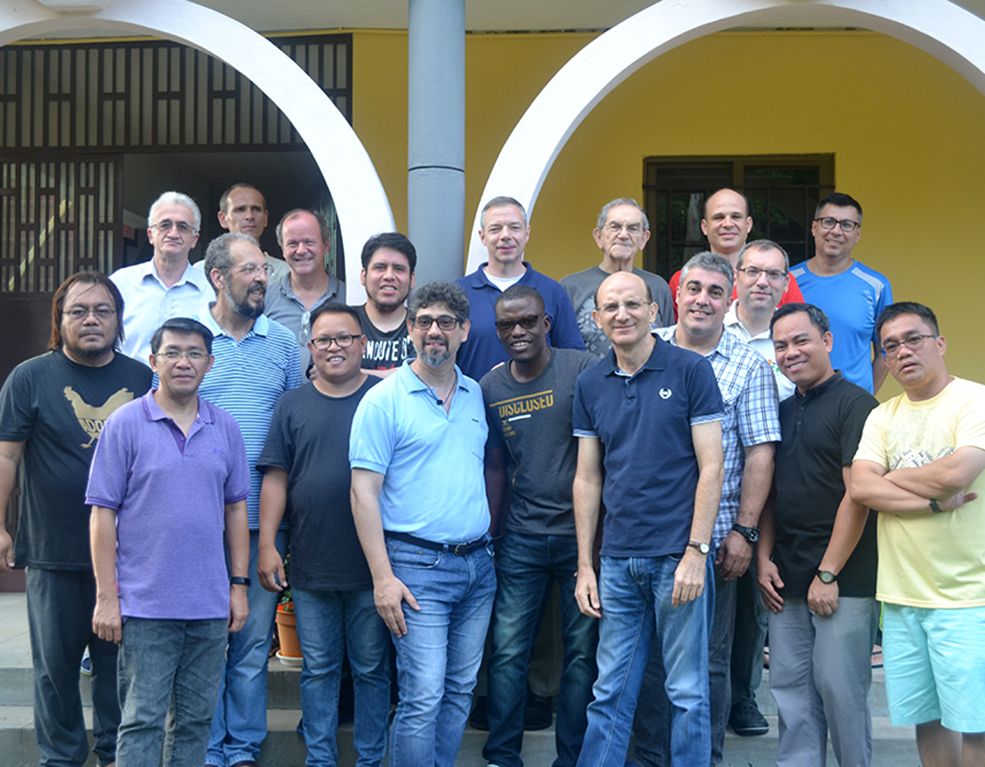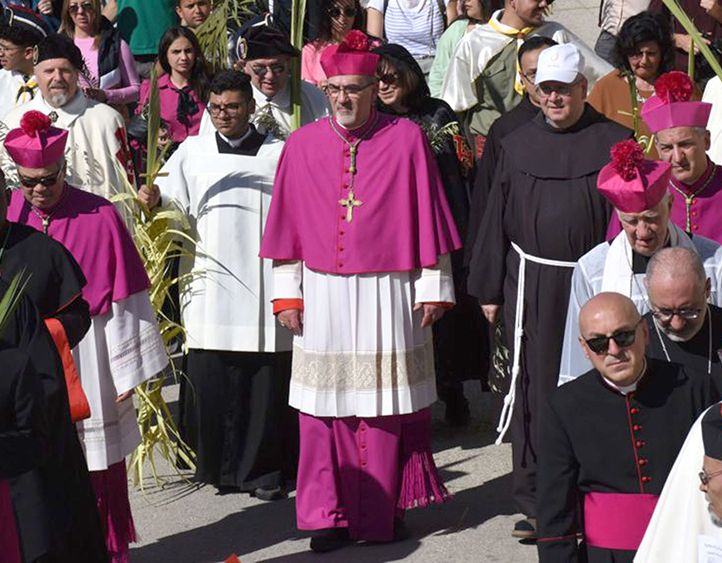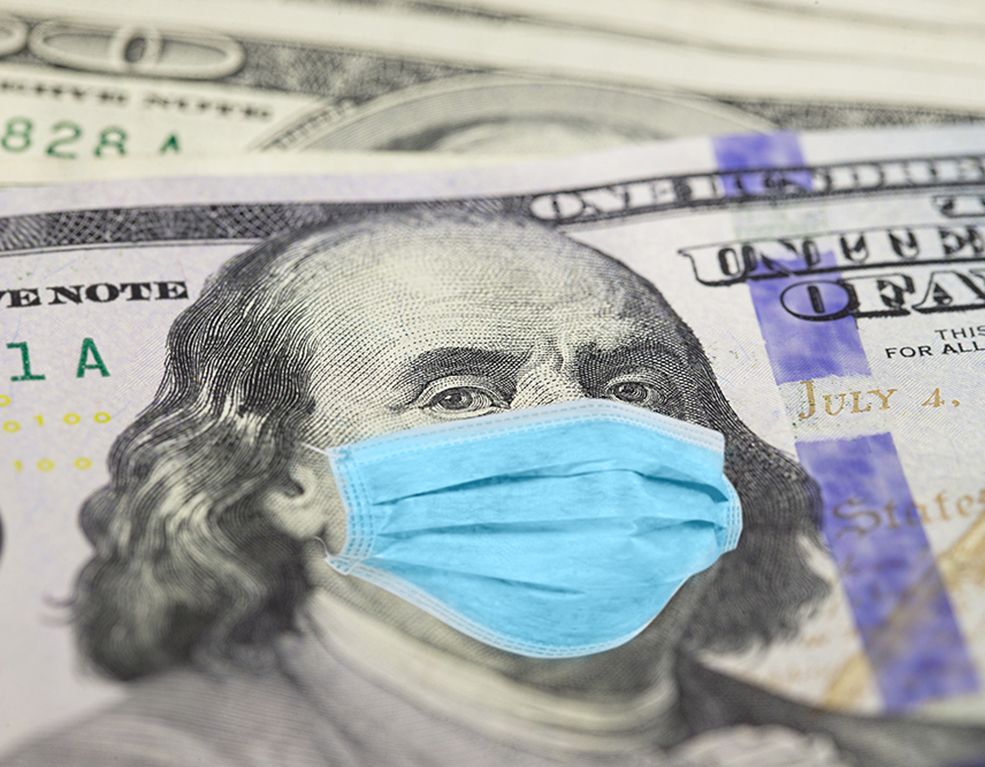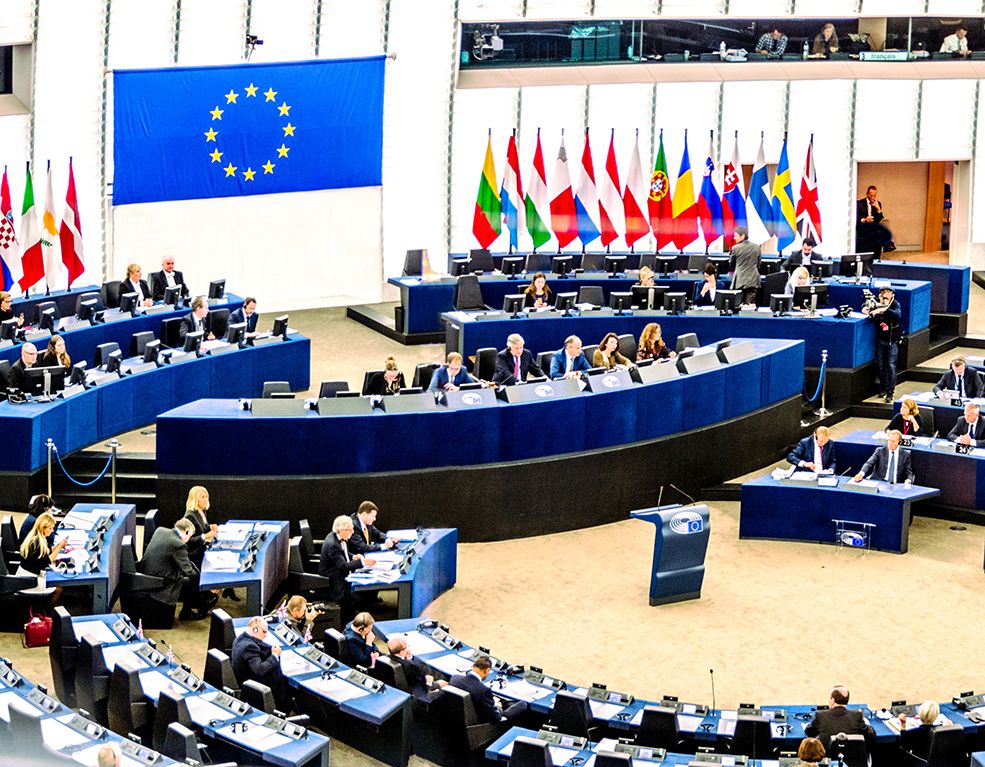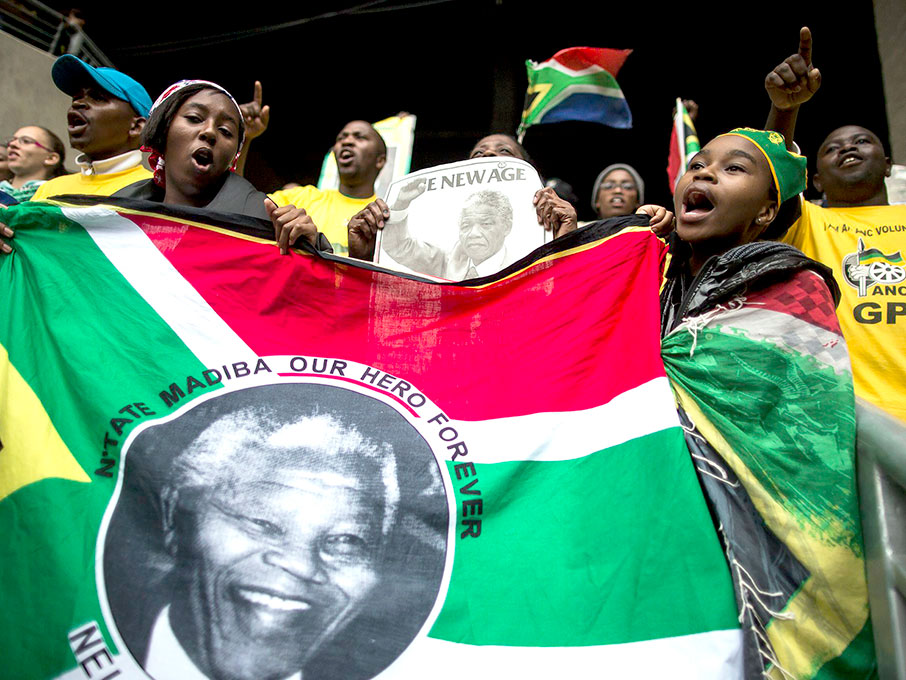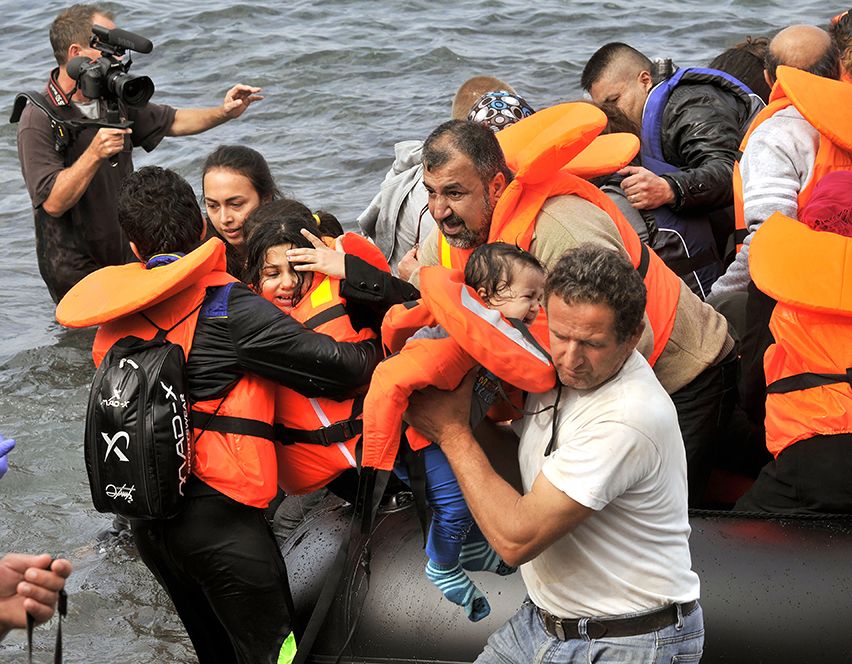Sr. Eva Fidela Maamo, a nun-surgeon, established the Foundation of Our Lady of Peace Mission, Inc. together with the late Fr. James Reuter, SJ, in 1984 with the aim of providing the less fortunate in Metro Manila and indigenous communities in the Philippines with medical access.
The foundation later realized that it could offer more services to people in need other than medical. So, they decided to develop and roll out programs on livelihood, education, children’s nutrition, and care for the elderly.
The recipients of the livelihood programs were trained in sewing clothes, peanut butter-making, soap-making, food preservation, and organic farming. They were also encouraged to be entrepreneurial.
The foundation also set up clinics and feeding centers for the economically challenged in parts of Metro Manila, including Parañaque, Las Piñas, Quezon City, Manila, and Makati.
A MEDICAL INSTITUTION FOR THE NEEDY
In the 1990’s, Reuter and Maamo flew to the U.S. to seek support from charitable individuals and groups for building the hospital. Maamo’s siblings in the U.S., who were also medical practitioners, helped them source funds. With the funds raised locally and abroad, the construction of the hospital commenced.
In August 2002, they opened Our Lady of Peace Hospital in Parañaque, a city about 10 kilometers south of Manila, the country’s capital.
The land on which the hospital stands today was offered to the foundation by the local government of Parañaque, Maamo explained. They pay only one peso to the local government annually for their use of the property. The foundation’s office was also built in the same one-and-a-half hectare property.
When asked what inspired the foundation to establish a hospital Maamo said, “Many patients came to the foundation telling us they were not admitted in hospitals due to financial reasons.”
Maamo’s doctor friends had also encouraged her to pursue the idea of establishing a hospital for the economically challenged.
Before the idea of constructing a hospital came up, doctors, dentists, medical staff, and other volunteers joined her in medical and dental missions in depressed areas in Metro Manila and indigenous communities in different parts of the country.
Those medical and dental missions offered cleft-palate repair, cataract removal, tooth extraction and other dental care, and treatment of other diseases.
The construction of the hospital cost P160 million, Maamo said. The late ambassador and industrialist Alfonso Yuchengco donated P50 million for its construction.
The hospital could admit a total of 90 patients at a time, noted Maamo, who is a Ramon Magsaysay Award laureate. She was conferred the award in 1997 for community leadership.
According to Maamo, the hospital offers surgeries, like cholecystectomy, hysterectomy, thyroidectomy, PSARP, appendectomy, abdominal pain requiring surgical intervention, and other minor and major surgeries.
It helps economically challenged patients by offering discounted rates, looking for donors to help them with the bills, and honoring PhilHealth membership, she said.
“The hospital also keeps up with the advancements in medical technology,” Maamo adds. “We acquire necessary and basic modern equipment. We also ensure proper and up-to-date training of staff.”
Medical groups from abroad also use the hospital training and services, according to the Sister.
BAREFOOT DOCTORS
In 2005, Maamo started inviting members of indigenous communities from different parts of the country to come over to the foundation’s place and train to become barefoot doctors.
Maamo trained her first batch of barefoot doctors in Lake Sebu during her ministry there as a young nun. She was in her thirties at the time. Today, she is 82 years of age.
She trained 17 barefoot doctors from the tribes of T’boli, Ubo, Manobo, Bilaan, Kalagan, and Muslims. Lake Sebu is a town in the province of South Cotabato. The tribesmen had to cross the river several times to reach the nearest hospital, which was in General Santos City.
About 40 major rivers traverse through Lake Sebu, now a tourist destination. Its lake measures more than 340 hectares with 11 islets and islands on its rim.
“At the time, many of the members of the tribes died without experiencing medical care,” the nun said. “I trained barefoot doctors to raise health awareness among the tribes.”
The incidence of diseases among the tribes dropped by about one-third after a year she introduced health consciousness in the area. The diseases common among the indigenous peoples included gastroenteritis, bronchitis, pneumonia, malaria, and parasitism.
Maamo also set up a clinic in Lake Sebu made of bamboo for tribesmen in need of medical attention.
After seven years of ministry in Lake Sebu, her superior called her back to Manila.
As of today, Maamo has trained more than 270 barefoot doctors from indigenous communities across the country.
“They are not doctors,” the octogenarian clarified. “But the barefoot doctors are trained on how to do physical examination, cardiopulmonary resuscitation, reflexology, massage, and minor surgery. They are trained on treating common diseases.”
CONVERSION OF AETAS TO THE CATHOLIC FAITH
The late Fr. James Reuter, SJ, was chairman of the foundation’s board of trustees. Luis Antonio Cardinal Tagle served as its chairman. Maamo, a member of the Daughters of St. Paul of Chartres, was president.
The foundation also relocated Aetas after the eruption of Mt. Pinatubo in 1991. The eruption was the second-largest in the 20th century. It claimed the lives of more than 800 people and displaced about 10,000 individuals – among them were the Aetas who lived at the foot of the volcano. The relocation site in Zambales is known as Aeta Resettlement and Rehabilitation Center.
The foundation built houses for the Aetas. They constructed an elementary and a high school building for the Aeta children. They also provided them with livelihood and college scholarship grants.
Formerly worshipping Mt. Pinatubo as animists, the Aetas abandoned that pagan practice and converted to Catholicism due to the extensive and sustained works of Sister Maamo and her foundation in the relocation site. An open basketball court was also built by the foundation at the resettlement site.
A chapel was also erected. But since the chapel couldn’t accommodate the number of faithful anymore, the mass is held in the multi-purpose hall.
Maamo also trained some Aetas to become barefoot doctors. A satellite clinic was set up in the resettlement area.
As of today, a total of 146 Aeta families live in the resettlement site. The population has grown to over 500 individuals. The younger generations were baptized as Catholics.
In 2015, the hospital started to offer cataract removal for an affordable rate. Cataract surgery may cost P40,000 and above in other medical institutions in the country, Maamo explained. The hospital removed cataracts for P3,000 only, especially when the patient is a PhilHealth cardholder. For patients who had no PhilHealth card, the rate was P8,000 to P10,000, still much lower than the rates in other hospitals.
The consultation for cataracts has been free of charge. Consultation and cataract removal are offered regardless of religious affiliation. The hospital has also offered free consultation and free cleft lip surgery.
In 2016, the hospital signed a Memorandum of Agreement with NephroCare Philippines for equipping the hemodialysis section with 12 hemodialysis units.
Fr. Reuter died at the age of 96 in this hospital, Maamo relates. His superior came to take him but Reuter refused. He chose to die in the hospital he helped build.
It also has houses to accommodate patients and their families from remote parts of the country.
The hospital is located along Coastal Road, Barangay San Dionisio in Paranaque. Maamo, who is still president of the foundation, serves as its medical director.
The foundation is looking at a bright future, said Maamo, who is also a recipient of the Mother Teresa Award of the Philippines. She was conferred the recognition in 1992.
Admitting that she’s growing old day by day, Maamo has been looking for people who have the competence and fervor to continue running the foundation and the hospital. She expressed confidence that God would provide a successor who could carry on the missions of the foundation, especially the hospital.
But Maamo still thinks of the welfare of the needy. She wishes the hospital could serve more patients who are facing financial challenges.
“Our plan is to get the hospital recognized as a surgical hospital for the poor,” she explains. “Surgeries are expensive, and the surgical backlog in the country is high, especially after the pandemic. Our dream is for the hospital to become a place for poor patients in need of surgery.”

